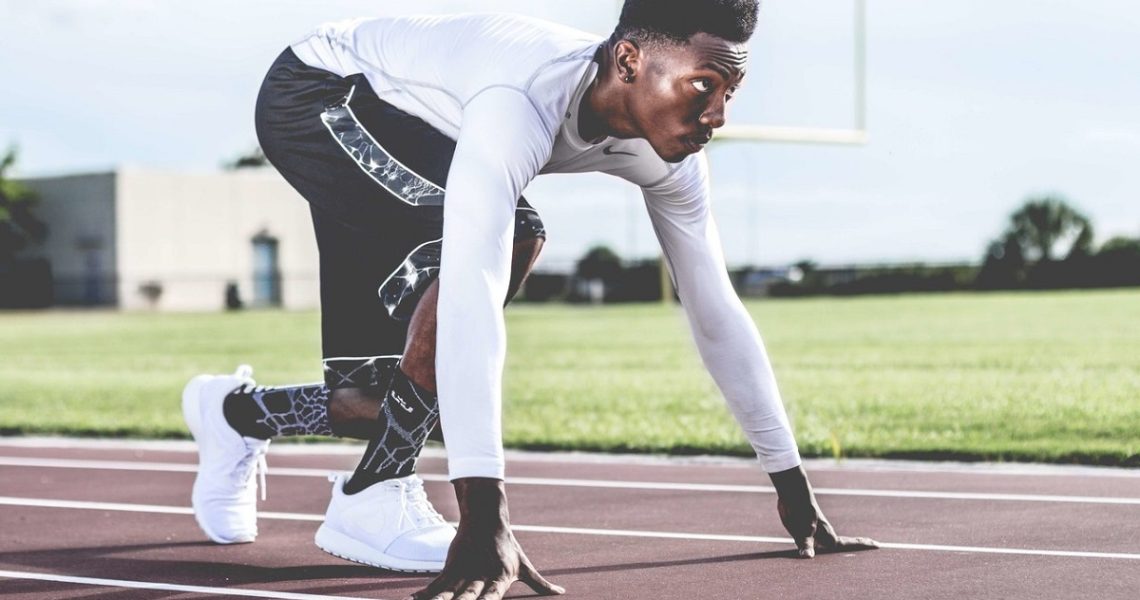Injuries are a constant risk in sports. No matter how protective football and ice hockey helmets are, their players will injure their heads at least once. But contact sports aren’t the only sports with high injury rates. Running, gymnastics, and racing have also seen some of the worst sports injuries ever witnessed.
And sometimes, sport-related injuries can be fatal. As such, the sports medicine field constantly looks for ways to improve its methods in preventing and treating injuries. But prevention is better than treatments when athletes are already in the game.
Technology plays an indispensable role in streamlining injury prevention. And we have seen notable developments lately. Experienced sports doctors approve these technologies that keep the worst injuries at bay:
1. Smart Mouthguard
Athletes use mouthguards to protect their teeth from damage in contact sports. But today’s mouthguards do more than shield the teeth. They are now equipped with smart technology, allowing them to detect concussions in their wearers.
The smart mouthguard is a remarkable breakthrough because many concussions don’t immediately show symptoms. For that reason, many athletes who suffered head injuries didn’t get the treatment they needed. Their conditions worsened from headaches to full-blown traumatic brain injury (TBI) or chronic traumatic encephalopathy (CTE). With a smart mouthguard, no contact sports player will experience such conditions again.
However, creating the device posed challenges. The smart mouthguard needed to have lightweight mechanisms; otherwise, players would feel uncomfortable. In addition, mouthguard makers boil the appliance before fitting it into an athlete’s mouth. Hence, the mechanism should also resist water and high temperatures.
After grueling tests and numerous prototypes, smart mouthguards are now available in the market. They can’t diagnose an athlete, but they confirm a concussion’s possibility by running through the list of symptoms in its programming. Football and other contact sports will be much safer when the device becomes mainstream, and injured athletes can redeem their careers after a head injury.
2. Smart Insoles

Athletes who need to track their performance with factors other than heart rate and step count can now use smart insoles. They are footwear inserts with sensors that produce data on the wearer’s biomechanics. In layman’s terms, smart insoles can capture data about the wearer’s cadence, footstrike, step length, pronation, and balance. These data can help runners determine if their technique is healthy or not. The sensor performs readings 1,000 times per second to offer simple and actionable insight to the wearer.
The insoles’ readings can help runners improve their forms before, during, and after each run. They also help reduce injury risks since many running-related injuries have something to do with poor form. In addition, a specific smart insoles brand included GPS trackers in the device to allow wearers to chart their favorite routes.
3. Robotics and Artificial Intelligence
Athletes know too well how painful and invasive surgeries can be. In addition, the recovery process can last quite a long time. The athlete may need to take a year of rest before playing again.
Thanks to robotics, surgeries for sports-related injuries have become minimally invasive. The procedures are now more precise and personalized, allowing athletes to experience short-term benefits. Their limbs may no longer be opened up and exposed to the risk of having medical instruments left inside. Instead, their doctor may employ a robot assistant. The doctor will only make a small incision and let the robot operate on the athlete while they control its movements with a console.
Robotics has produced promising outcomes so far. For instance, in robotic-assisted hip replacement surgery, a 3D virtual model of the patient’s anatomy was used during the planning process. It enabled the doctors to produce a new hip that functions like a natural hip as if the patient hasn’t experienced an injury at all.
Of course, rest is still necessary after robotic-assisted surgery. But athletes may be back in the game for a significantly shorter time than what they would’ve spent with a traditional operation. As a result, they can prolong their careers or continue engaging in their sport for leisure.
Athletes undergoing physiotherapy also have new tech awaiting them. A digital company has created an app-based physio treatment. It allows athletes recovering from musculoskeletal injuries to stay on top of their treatments in the comforts of their homes.
The app uses a 2D motion tracking algorithm via the phone’s front camera. As a result, the user can receive real-time audio feedback about their performance.
In the age of Metaverse and advanced space imaging, the field of sports medicine can’t get left behind in technological innovations. The developments will improve over time, and smart devices will become available in the mainstream market.

